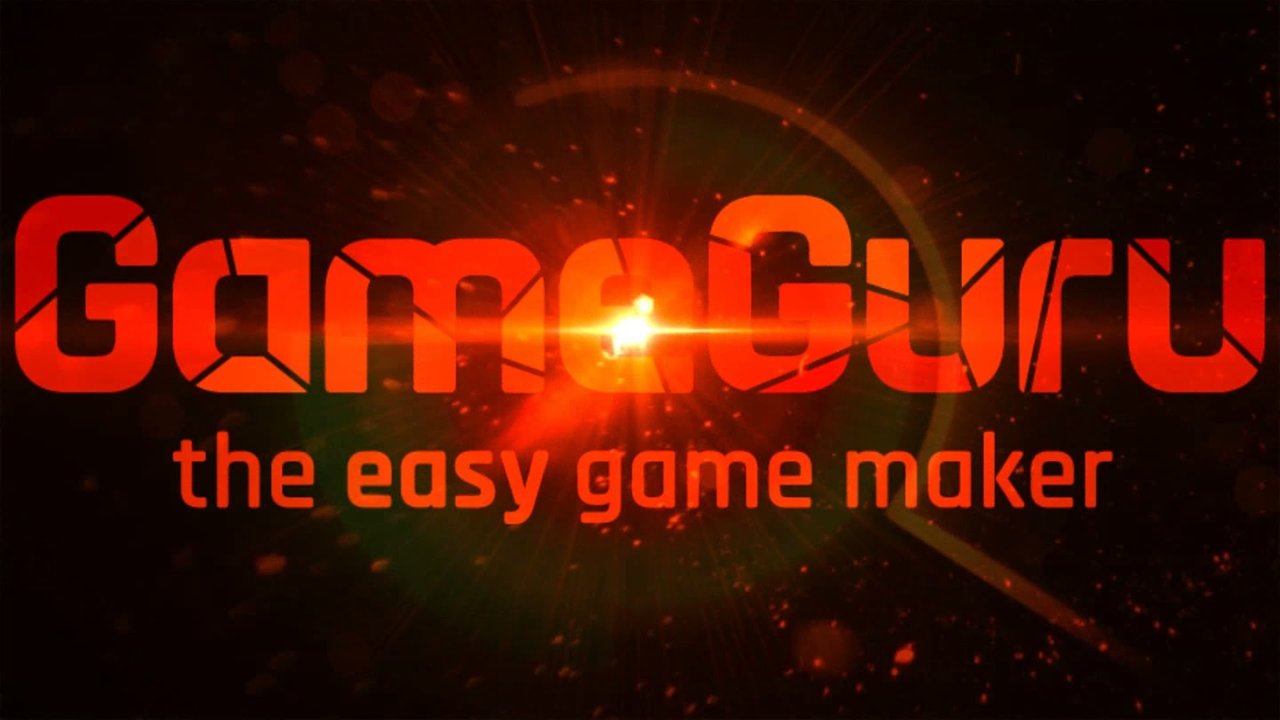
Game Guru by TheGameCreators is the community and “game design for everyone” software that grew up from Dark Basic to FPS Creator that goes back over two decades. In short – if you ever wanted to make a game and really didn’t want to code or deal with the overly complicated interfaces of most contemporary IDE (integrated development environments) like Unity and Unreal Engine, or even GameMaker Studio, then Game Guru promises to let you drag and drop stuff, hit play and go to town playing your awesome first-person shooter.
That said, it does have the ability to customize its behaviors and pre-baked actions by opening up some basic text files that include a very simple but powerful coding language called “Lua.”
Now before you bounce right off this page, note that using Lua is almost as easy as modifying a grocery list. You look for the thing, change the amount and generally you should be good to go. Of course, if you wanted to go deeper and understand programming logic – it has the power to accomodate you. Which I think is awesome.
Anyway, Game Guru has been developing sort of by committee and through the efforts of its fanbase and one of two key developers who crank away at the huge list of feature requests from people wishing that they were really just using Unity but don’t have the time to deal with it. Also – caveat emptor – the longer some of the mods and developers have been in the community – which you would hope would make them patient and understand – actually have made them smug and condescending, which is too bad. Sometimes, groups can become so insular that they can’t see past their nose.
That said, there are other people in the community who are very helpful and hopefully you will find them when you are stuck.
So here are five things I wish I knew when I started using Game Guru – that I had to find out the hard way, and I hope will help you out!
1. How To Override or Extend Your Game With Scripts
You can attach scripts that make stuff do what you want.
By attaching simple scripts to objects in the game (which Game Guru calls “Entities”) you can override or extend the behaviors of the pre-fab objects. But how? Well, you basically just add an entity to your game’s scene, then click on it, choose Properties, then look for “AI System.” Under that you will see “Main.” Click on that and browse to the script you want to attach.
Then in the same properties window for your object, make sure that “Static Mode” is set to “No” – because we want it to be active (when it is set to yes, Game Guru basically ignores the scripting) and the go down and look for “Always Active?” and select “Yes.”

How to Attach A Script to an Entity in Game Guru
Note: this object doesn’t’ need to be important – you can literally add a piece of garbage to the scene, or an invisible wall or really anything that isn’t do anything else but looking pretty, and use that to add a script that will become active for the whole scene. Of course you will have to do this again if you create a second scene (Game Guru is janky like that.)
2. Terminology
Sometimes the people who actually write the scripts that you can use or buy from their store, will say “modify the Health amount” but what they really mean is “Strength.” When you click a character entity, its health is actually defined by the Strength field (there is no Health field.)
3. How To Learn Game Guru
There is no manual. Well, there is a sort of welcome guide, and it mostly talks about Terrain design. To get the most out of Game Guru, you really will want to visit their forums at https://forum.game-guru.com/, and also watch their very good (but lengthy) Twitch stream recordings that really show their passion for this project (and made me feel good about it – knowing it wasn’t just abandonware).
4. Rapid Prototyping With Game Guru
Even though Game Guru games have a massive stigma with reviewers, I feel you can make a good game if you set your mind to it. I truly believe they are filling a gap in the marketplace:
This is a low-friction way to understand game logic, how IDEs really work and practice your level design, while having an opportunity to easily play around with game ideas. If you develop something that has legs, then you can always move it over to Unity or Unreal Engine. Level design is an art in itself and Game Guru is a great rapid prototyping tool.
5. Waypoints
To set a waypoint for AI pathfinding predictable go to Top-Down mode by pressing the ‘G’ key on your keyboard. Now when you add a waypoint it will go into the center of your frame. Otherwise, if you attempt to do this in First Person view, it will get pinned somewhere on the horizon, or the ‘center’ of wherever you are looking.
Oh and one final thing:
I wish I had known: just spend the time getting better using Unreal Engine instead. It’s free, it’s used in thousands of commercial games, it’s easier than ever to use and it looks drop-dead gorgeous.
Nonetheless, if you ended up investing in this platform then hopefully these tips will help you out, since they aren’t clearly defined in the official literature.
Let me know what you think in the comments section.

Comments are closed.